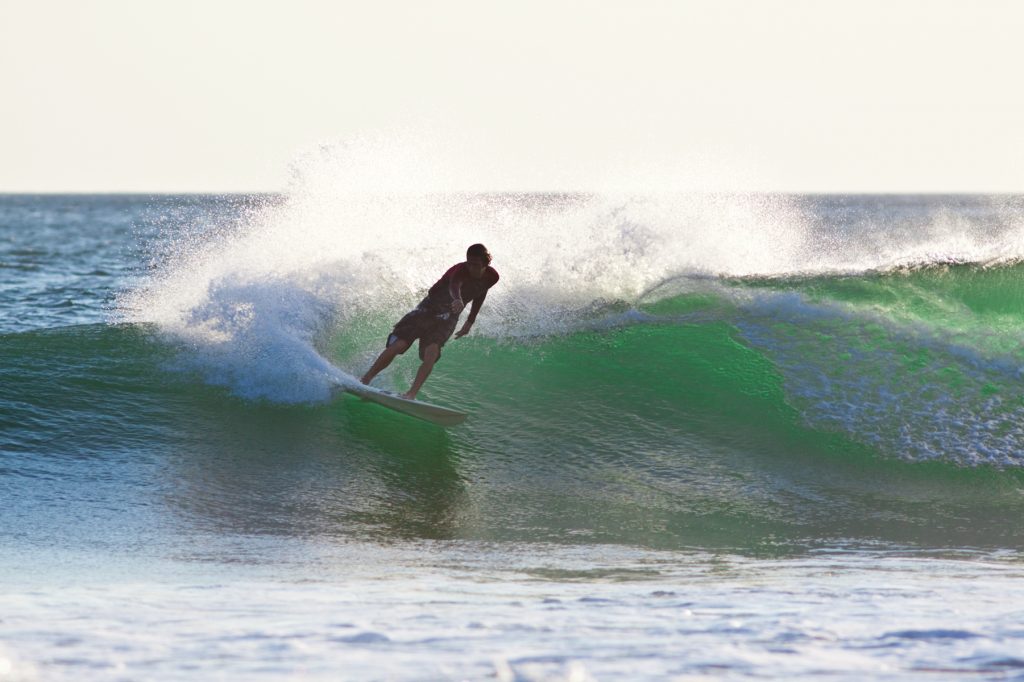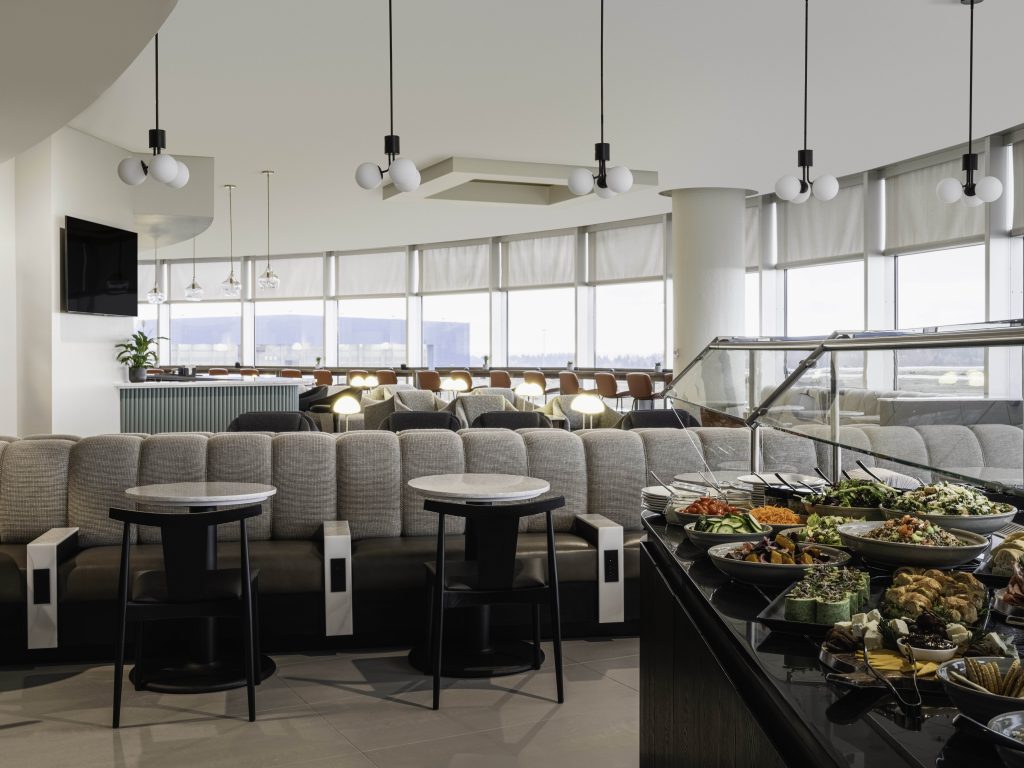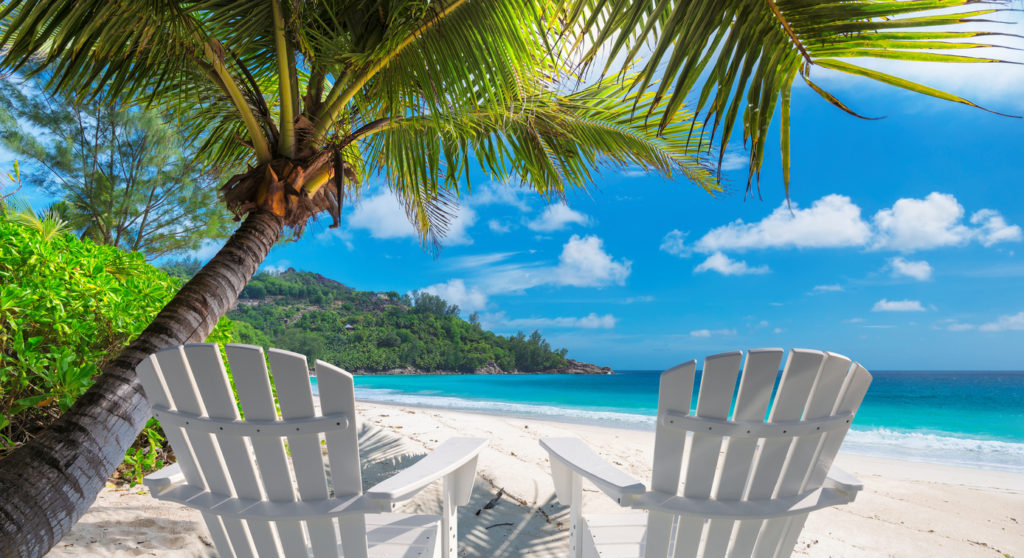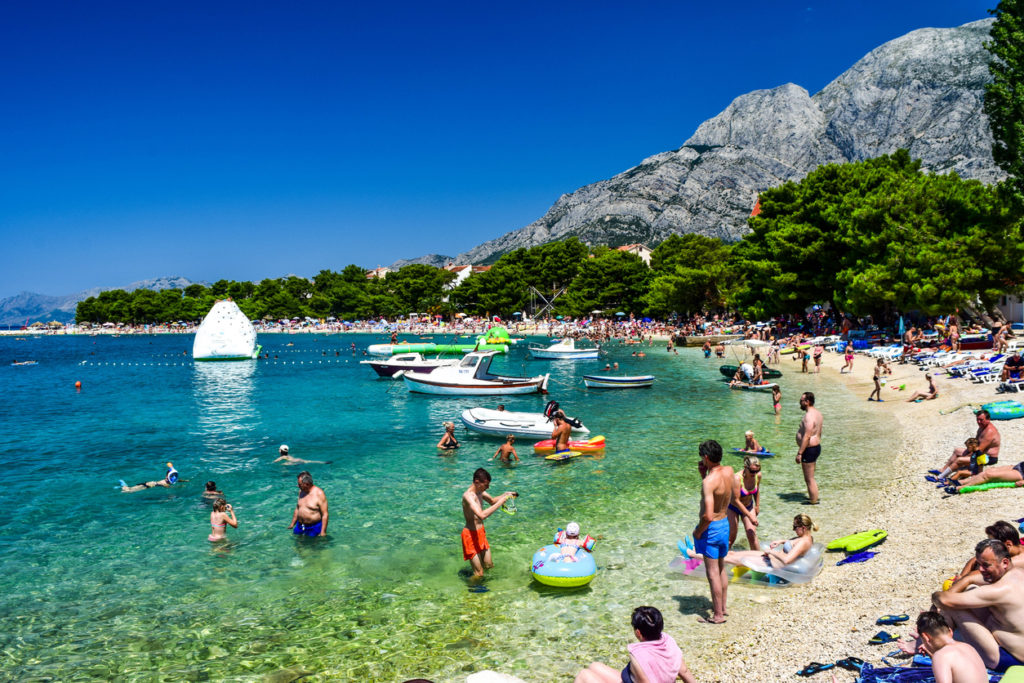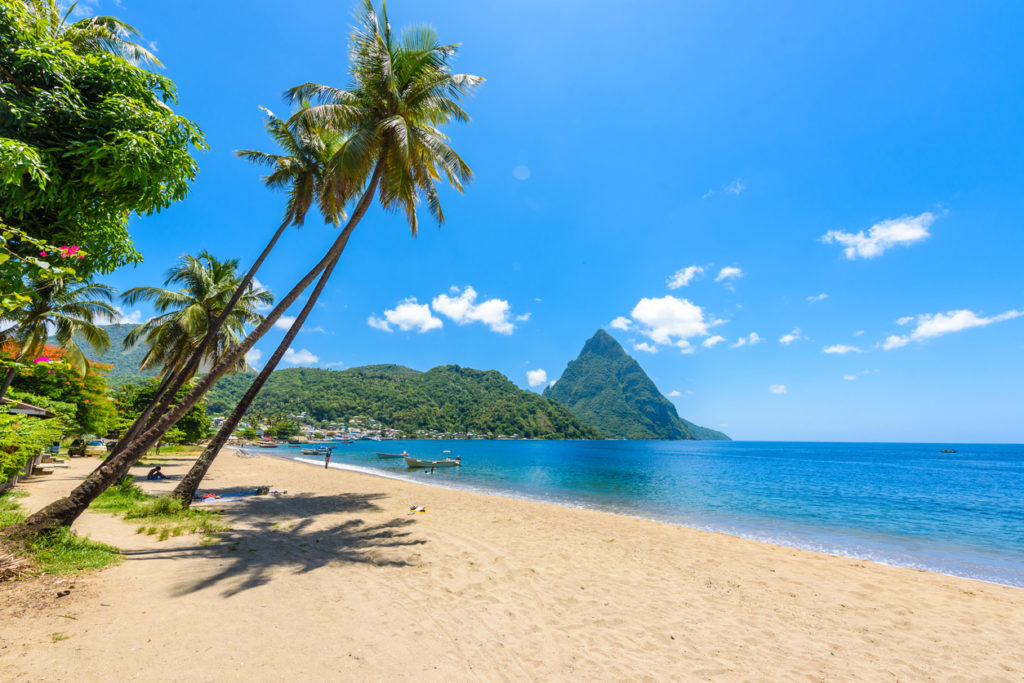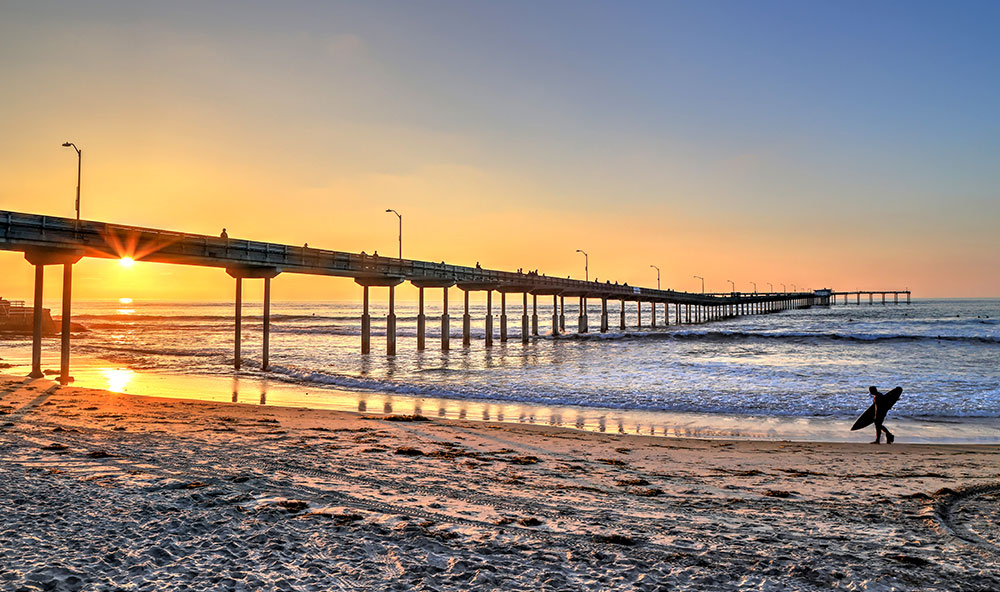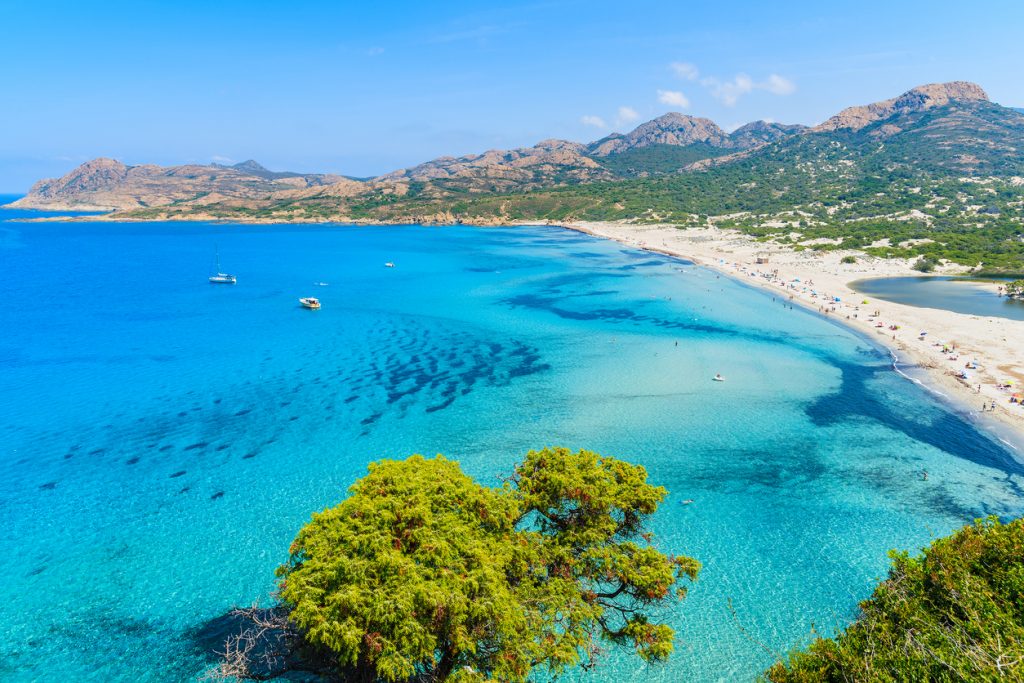
The flavorful, elegant, and dramatic Corsica awaits gourmands and wine lovers with exquisite treats. From the scenic coastlines and pristine sandy beaches to the picturesque settlements and delightful food and wine scene, the gifts of Corsica enchant travelers from all over the world. Whether you’re here for the beaches, for sightseeing or simply to enjoy the local cuisine and tour the wineries, you’ll fall in love with Corsica and want to return again and again.

Indulge in the local cuisine of Corsica
There’s no dieting or counting calories in Corsica. The flavorful Corsican cuisine abounds in French and Italian influences that create sophisticated specialties and remarkable traditional dishes. Start your culinary journey in the mountainous interior where nature decides the flavors of the local cuisine. You’ll discover menus that abound in local cheese and cured meats.
With sheep enjoying green pastures and forested hillside abounding in free-range pigs and wild boar, it’s no surprise that the foundation of the Corsican cuisine includes some of the best cheeses and meats you’ve ever tasted. Try the Corsu Vecchiu, a semi-hard sheep milk cheese, and the Tommette de Chevre, a really strong, determined goat milk cheese. Don’t say no to the Lonzu AOC, a salted, smoked pork fillet, or the Prisuttu AOC, the Corsican cured ham. The Corsican charcuterie is considered to be among the best in the world, so you should definitely dive in.
If you’re a vegan, you can always enjoy the delicious chestnuts that play a very important role in Corsican cuisine. Back in the day, when the Genoese ruled this land, the chestnut trees were planted as an alternative to cereal crop. Today, they’re still present in many of the local recipes, contributing to extraordinary dishes, such as maccaredda (bacon fritters), fritelli castagnini (chestnut flour fritters), and an abundance of cakes. Chestnuts are so famous in Corsica that they have two annual festivals celebrating their existence.
Once you get closer to the coast, the restaurants invite you to delight your taste buds with an abundance of seafood. Salt water fish is the king of many menus through its representatives – anchovies, sardines, red mullet, and sea bream. The splendid trout and eels get to your plate straight from the island’s many rivers and lagoons, while the east coast brings to the table the sophisticated oysters. Soups and stews too find their rightful places in the menus, savory and filling dishes, like zuppa corsa, civet de sanglier, and veau aux olives.
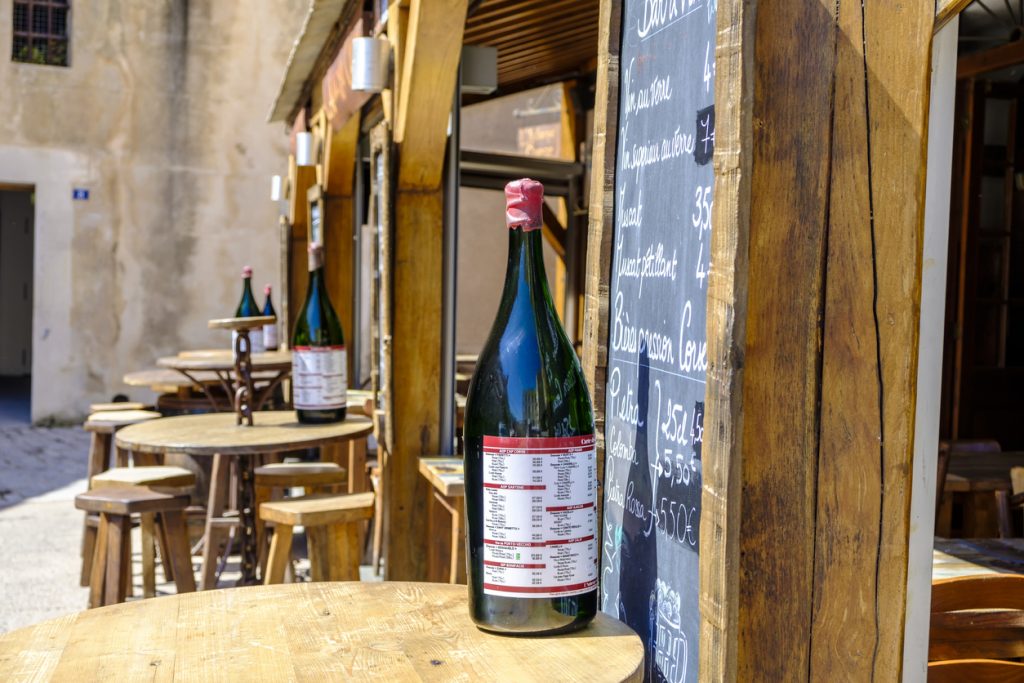
Raise the glass and honor Corsica’s intense wine
Not many of Corsica’s wines make it beyond its shores but once you’re here you shouldn’t drink anything else than wine from individual producers. Corsican wines have this magical power that makes them a great companion for almost any food you’re savoring. Or, in other words, they’re simply amazing! Wrapped in mineral flavors due to the island’s mountainous landscape and exposed position, the local wines have their own personality. Tasting the wines of Corsica is almost as exciting and adventurous as trekking the island’s paths.
Rugged and proud, Corsica does everything its own way, including its wines. Untouched by commercial brands, this land produces authentic and virgin wine in a spectacular backdrop. Antoine Arena is the perfect example of the Corsican way to make wine. They produce wine using natural techniques in the northern region of Patrimonio. The undisputable king of Arena’s grapes is the red Nielluccio that brings the land’s minerality into the glasses. Arena’s wine is intense and authoritative, qualities that aren’t all at surprising considering that the vines are planted using a jackhammer.
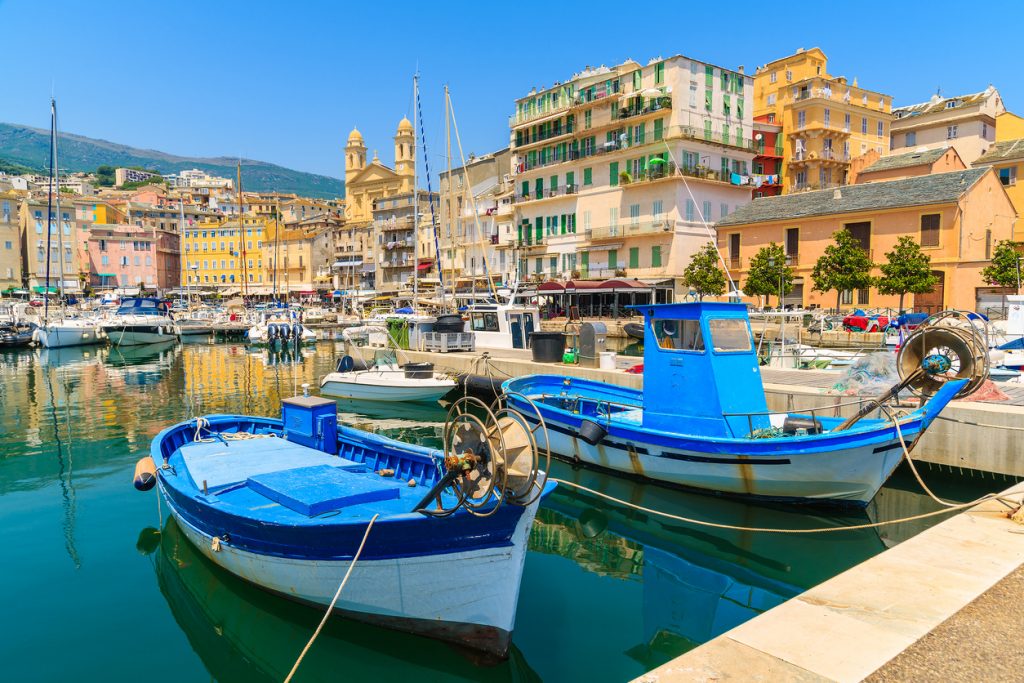
Due to the impressive variations in altitude and soil, the vines of Corsica have different characters and create a spectacular range of wines. The most famous grape varieties are Niellucio, Sciacarello, and Vermentino, all having Italian ancestors. Since the Italians ruled Corsica for 500 years or so, it’s only natural to find Italian, especially Tuscan, influences on Corsica’s viticulture. However, if you’ll taste both the Corsican and Tuscan red wines, you’ll see they couldn’t be more different.
For a taste of the white wines, head to Clos Canarelli near the village of Tarrabucceta. The destination is pretty much in the middle of nowhere but a trip there is definitely worth it. You’ll discover some of the best white wines on the island. Created from indigenous grapes like Barbarossa, Genovese, and Paga Debiti, these wines are distinctive, flavorful, and sulfur-free. Many Corsican white wines though are made from Vermentino with touches of Ugni Blanc and other grape varieties.

